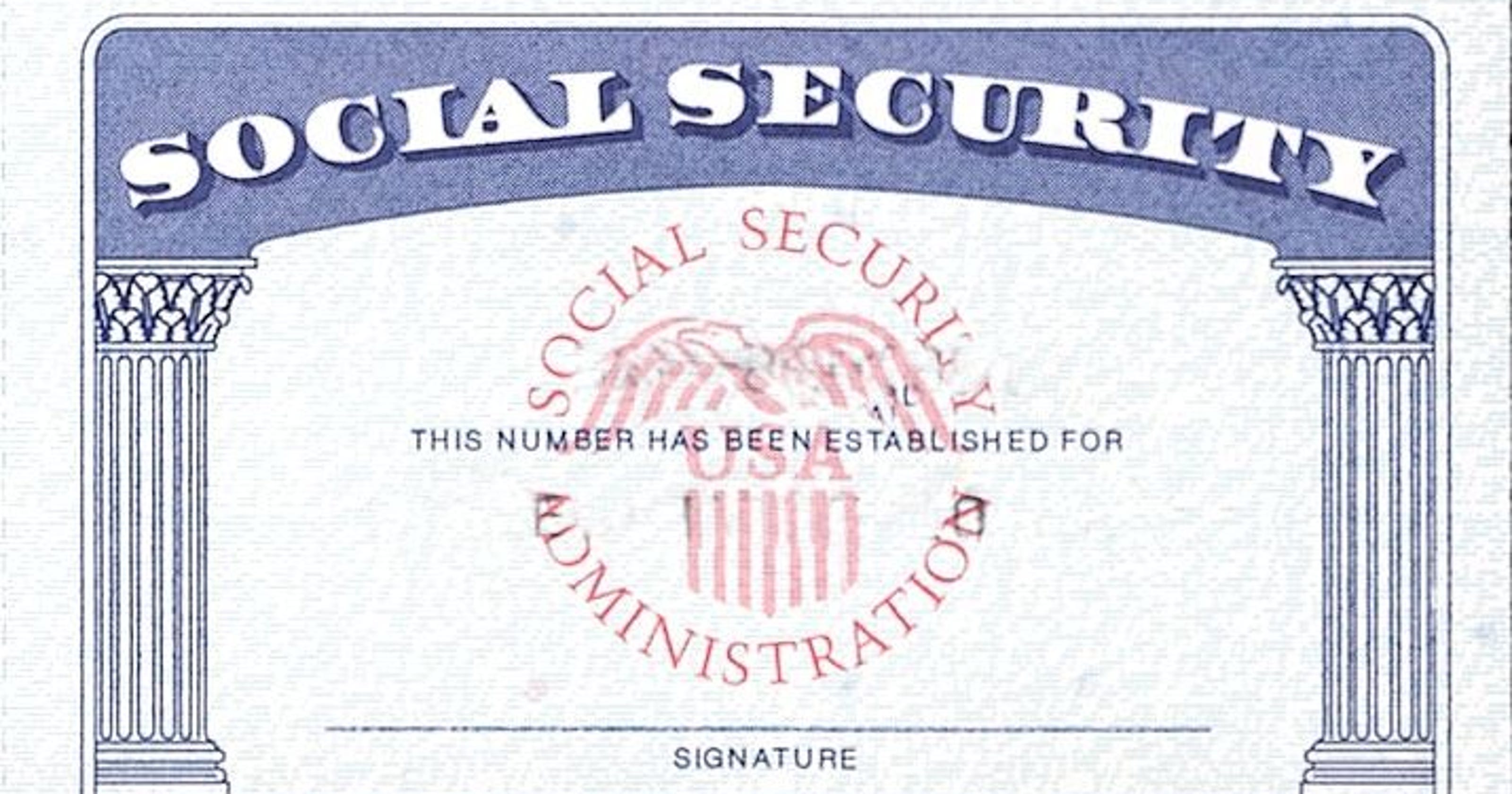
Last week Congress passed, and the President signed, a $2 trillion bill to provide relief to American taxpayers and businesses suffering from the economic effects of the Coronavirus pandemic. They named it the “Cares Act.”
Media reports have focused on the $1,200 checks that individual taxpayers will receive. For most who live in major metro areas with high costs of living, this $1,200 will not provide much real relief – especially as our time spent in quarantine extends from several weeks into several months.
There are, however, other elements in the bill that allow you to draw substantial amounts of cash from your retirement savings to pay bills and stay afloat in 2020. First, you can now borrow two times as much from your 401(k). Second, the 10% penalty normally applied to early withdrawls from IRAs and retirement plans will be waived.
Borrowing from your 401(k)
Borrowing from your current employer’s 401(k) plan when your finances have taken a turn for the worst has always been an option. It’s quicker and easier than securing a loan from a bank, has no impact on your taxes or credit score, and is less expensive than maxing out on your credit cards. Yes, you’re paying some amount of interest on the loan, but you’re paying it to yourself. And you have five years to repay the loan.
Previously, you were only allowed to borrow the lesser of $50,000 or 50% of your vested balance. Now, you can borrow the lesser of $100,000 or 100% of your vested balance and you have an additional year (six total) to pay back the loan.
Taking early withdrawls from your IRA
Taking money from your IRA “early” – meaning before you turn 59.5 years old – has always been an option. Unless you met certain hardship tests, a 10% penalty was levied on your withdrawl and the full amount of that withdrawl was included in your taxable income. And you could not simply replace the funds you withdrew. You were limited by the annual contribution limits to IRAs ($6,000 + $1,000 if 50+).
Now, the 10% penalty will be waived on withdrawls up to $100,000 taken anytime through December 31, 2020. The withdrawl will be included in your taxable income, but you will be able to stretch that over three years and you can redeposit 100% of the funds withdrawn over three years. What’s more, if you redeposit the funds, you can file an amended tax return and get back the income tax you paid on the withdrawal.
That $100k withdrawl limit can be extended in certain circumstances. If you have been laid off and are paying health insurance premiums yourself while unemployed, any dollars withdrawn to cover those premiums are considered a “hardship withdrawl” and were already exempt from the 10% penalty.





